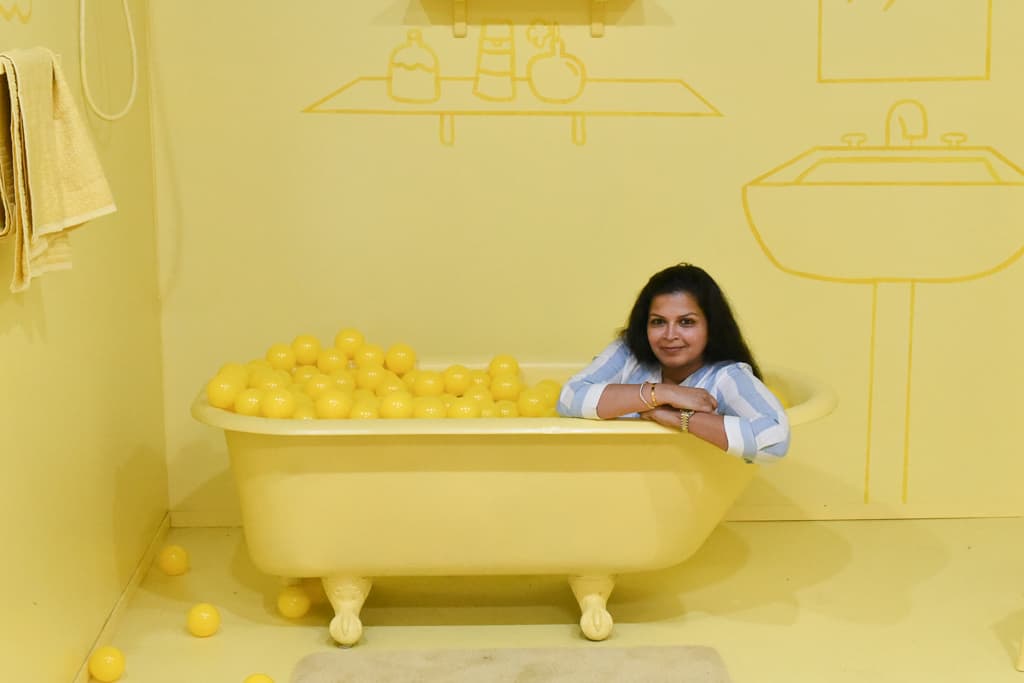

This can be an escape from current situations in life, but in the context of grief work it can offer the key to returning to a conscious and present life after experiencing a severe loss.įollowing the exhibition LAMENTO – Mourning and Tears (11/2019 – 03/2020), which explored the phenomenon of crying and the immediate affects and emotions triggered by the death of a close person, at the Museum of Sepulchral Culture, Kassel, the exhibition MEMENTO – The Force Field of Memories (10/2020 – 02/2021) will deal with various forms of individual remembrance and commemoration of the deceased. The attraction of thoughts of the past and of images of memory, which, due to their painful psychological and emotional potentials, can often be accompanied by inner defence mechanisms, makes people leave their present – the here and now. The title refers to the simultaneously attractive and repellent effect of memories of people and experiences that have been lost to the current of time. The Museum for Sepulchral Culture, Kassel dedicates the exhibition MEMENTO – The Force Field of Memories to individual forms of remembrance and commemoration through a selection of international contemporary artworks and cultural-historical testimonies. We pay our respect to Elders past and present and acknowledge the ongoing connection to Country and culture.An exhibition on individual forms of remembering and commemoration We are based in Naarm/Melbourne on lands and waters of the Boon Wurrung and Wurrundjeri people. The Museum of Inherited Memories acknowledges that the First Nations people of Australia were the victims and are survivors of attempted genocide that remains reflected in Australia's justice system today. They saved thousands of lives before they were overpowered.

In 1943, prisoners of the Warsaw Ghetto courageously took action and held off Nazi troops for almost a month. Yom Hashoah marks the anniversary of the Warsaw Ghetto Uprising. While the Museum honours the millions of lives lost to the Holocaust, those who survived and their descendants, we simultaneously celebrate survival and creatively carve space to unravel and understand the ongoing impact of these inherited memories.ĭescendants of Holocaust survivors, the Museum's resident curators hold exhibitions and events each year around Yom Hashoah (Holocaust and Heroism Remembrance Day). Holocaust memorial is not only significant to combat current antisemitism but it’s to never forget the presence of repeated persecutions. Too many times since the Holocaust, we have seen attempted genocides of other peoples.

slogan is embedded in the Jewish community, we extend it to all ethnicities. The Museum renews this promise continuously and elaborates that while this. 'Never Again' is a slogan - a promise - made famous by a liberated prisoner of Buchenwald as he rose from the Holocaust ashes. The Holocaust was a time in history that defined ‘genocide’ and 'banality of evil’. The Museum collaborates with artists and aligned cultural organisations of all ethnic backgrounds to respectfully remember the Holocaust, celebrate survival, honour our histories and healing and support ongoing activism against racism and antisemitism. The UPRISING concerts are the Museum's most renowned events, which began for Yom Hashoah in 2021 and continue. Inspired by Holocaust memorial and Indigenous justice, the Museum uses contemporary arts to inspire empathy for all people carrying stories of cultural survival.


 0 kommentar(er)
0 kommentar(er)
